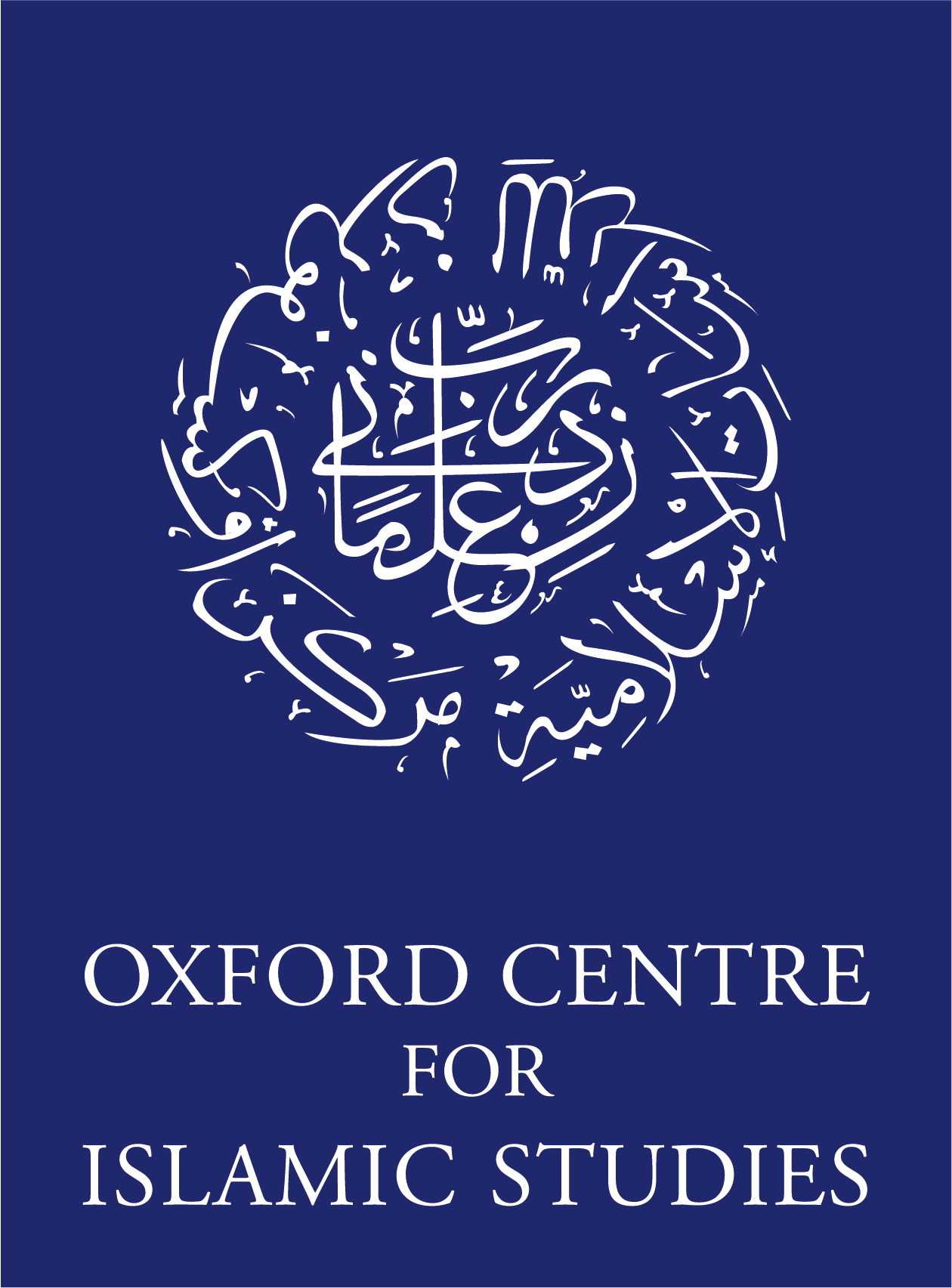The Sulawesi diaspora floral style of Qur’an illumination
Over the past two decades, the study of the art of the Qur’an in Southeast Asia has revealed the existence of a number of distinctive regional artistic schools, including the ‘Sulawesi diaspora geometric style’ defined primarily by the strongly geometric character of illuminated frames. Qur’an manuscripts of this type evidence strong linkages to the Bugis/Makassar courts of south Sulawesi, and yet exemplars were also created in locales throughout the archipelago associated with migrant communities from south Sulawesi.
Intersecting with this school is another group of illuminated Qur’an manuscripts which, on the basis of internal features can be linked to the same Sulawesi stable. Yet the decorated frames are the polar opposite of the ‘geometric’ style, with meandering ogival outlines enclosing a veritable explosion of floral forms. A close examination reveals influences deriving from the East Coast of the Malay peninsula, home to the finest schools of manuscript art in Southeast Asia.
This ‘Sulawesi diaspora floral style’ is particularly associated with the Bugis and Mandar regions of west Sulawesi, and the associated diasporas along the eastern coast of Kalimantan. It includes some of the technically finest Qur’an manuscripts known from Southeast Asia, with virtuosic calligraphic panels and masterly use of colour, with production extending into relatively recent times, up to the early 20th century.
Dr Annabel Teh Gallop FBA is head of the Southeast Asia section at the British Library. Her main research interests are in Malay manuscripts, letters, documents and seals, and the art of the Qur’an across the Indian Ocean world. Recent publications include Malay Seals from the Islamic World of Southeast Asia (Singapore, 2019), a catalogue of over two thousand seals inscribed in Arabic script from Southeast Asia.
To join the seminar please register.
